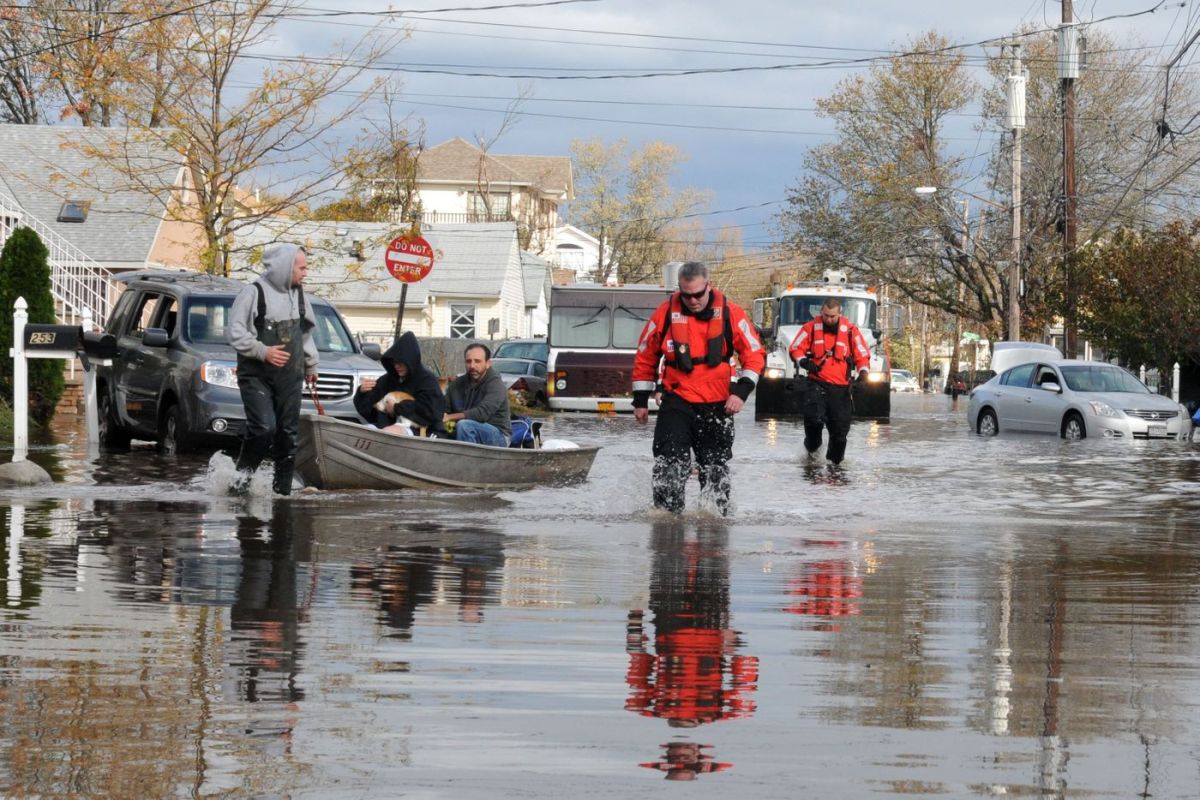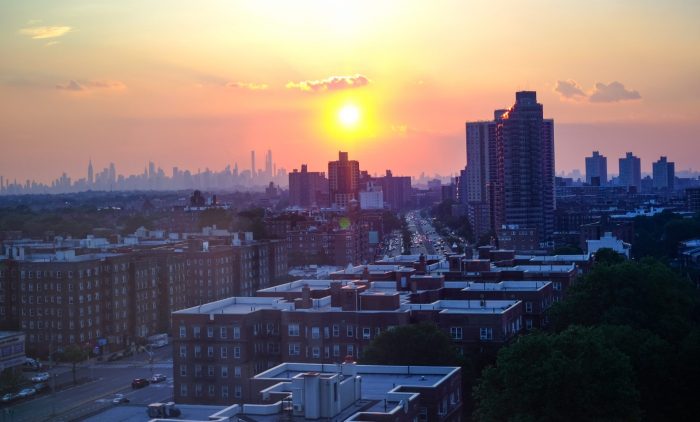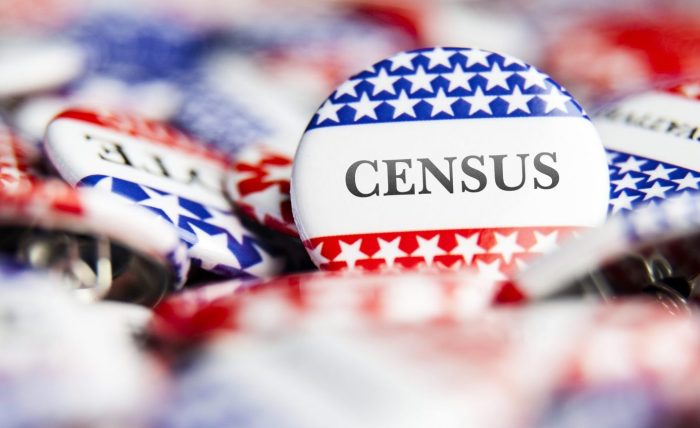By Julie Tighe and Justin Brannan
Eight years ago, New Yorkers woke up to the effects of what was then thought to be a “one in a hundred years” storm. Superstorm Sandy barreled across our coastline, causing the deaths of dozens of New Yorkers, leaving irreparable damage to homes, and producing flooding from storm surges that would take days to dissipate.
It became all too clear that our risk of this type of storm was not something we could ignore.
Even as we continue to address climate change through emission reductions, we must also recognize our vulnerability to the effects of climate change, including extreme heat and flooding brought on by warmer temperatures, storm surge and sea level rise. These risks will only continue to escalate in the future.
And as we make our way out of the COVID crisis, we cannot forget the importance of listening to scientists and making sure we’re prepared.
In addition, climate disasters like Sandy threaten people’s homes and businesses, threatening our economy and ability to come back from other crises like COVID.
As a city with 520 miles of coastline, we must do everything in our power to spare ourselves from a future – and more frequent – “one in a hundred years” storm because it might come sooner than we think.
We need a comprehensive citywide approach to resilience.
Councilmembers Brannan and Constantinides’ legislation, Intro. 1620, would implement a comprehensive five borough resiliency plan to protect our waterfront, which is home to so much of our critical infrastructure, from public housing to airports to power facilities to wastewater treatment plants.
The New York League of Conservation Voters, along with the rest of the Rise to Resilience Coalition, is making the legislation one of its top priorities.
The bill would require the City to evaluate each neighborhood on the shoreline for climate change resilience measures including floodwalls, marshes, erosion control, and beach restoration. The resiliency plan would include long-term strategies to combat climate change, sea-level rise, and flooding.
By now, we know all too well that the climate crisis disproportionately affects low-income communities of color largely living in the so-called outer boroughs. This legislation would make sure that we are protecting those very communities that are systematically flooded and which are still dealing with the long-term effects of Hurricane Sandy.
A comprehensive five-borough plan would begin to reverse our current approach to resilience, which has been inadequate and reactionary. Rather than relying on federal funding to only help neighborhoods build back after they have been devastated, we need to plan proactively.
New York does not have the luxury of choosing whether or not to improve its resiliency – it is a requirement. Taking a proactive approach would get out in front of the problem before more lives are lost.
Let’s pass Intro. 1620 now, before the next superstorm.
Julie Tighe is the President of the New York League of Conservation Voters. Justin Brannan is the Chair of the New York City Council Committee on Resiliency.




































